Table of Contents
New Limbless Amphibian Species
Context: A limbless amphibian, the striped Caecilian (Ichthyophis spp), has been recorded for the first time in the Kaziranga National Park and Tiger Reserve.
More in News
- The amphibian was discovered during a rapid herpetofauna survey conducted by a team of herpetologists.
- Other species discovered are:
- Reed Frog: Unique to grassland ecosystems.
- Kaziranga Bent-toed Gecko: Endemic to the region.
- King Cobra: The largest venomous snake in India.
- Black Softshell Turtle: Rare and endangered.
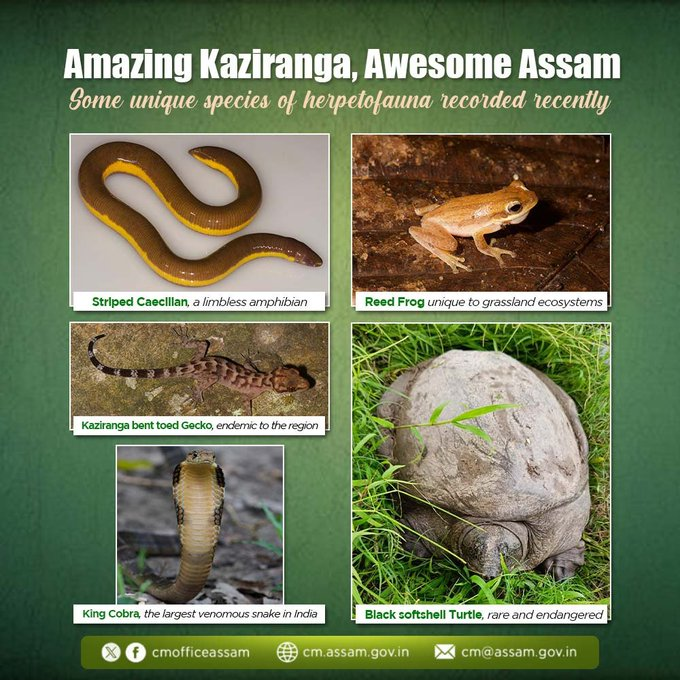
|
Fact |
| Herpetofauna refers to a group of reptiles and amphibians collectively. |
About Caecilian (Ichthyophis spp)
- The Striped Caecilian (Ichthyophis spp.) is a limbless amphibian belonging to the family Ichthyophiidae.
- Often mistaken for snakes or worms due to their elongated, cylindrical bodies and lack of limbs.
- Habitat:
- Primarily found in tropical regions of Africa, Asia, and the Americas.
- They usually inhabit underground or moist soil environments.
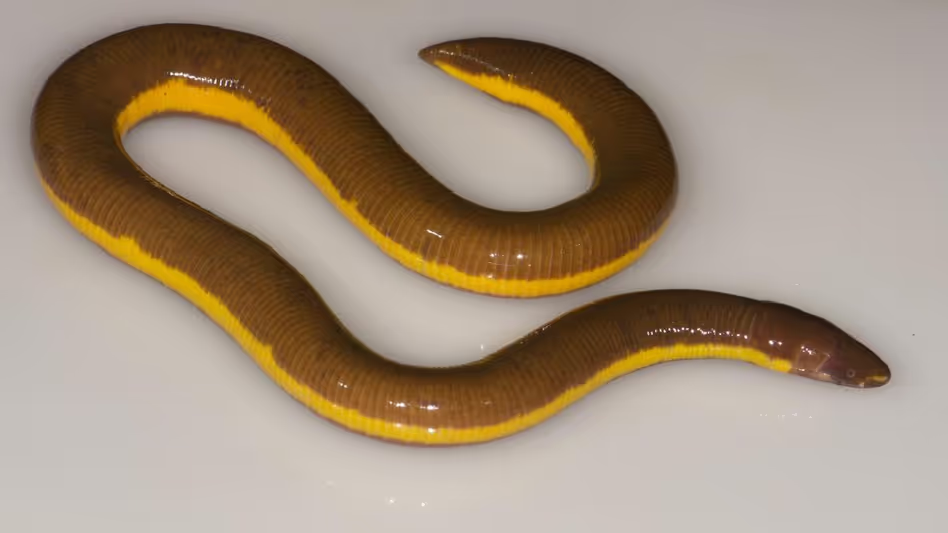
- Key Features:
- Smooth, cylindrical bodies with a ringed or striped pattern, giving them the name “striped.”
- Predominantly fossorial, meaning they burrow and spend most of their lives underground or in leaf litter, making them elusive and difficult to study.
- Carnivorous, feeding on small invertebrates found in soil and leaf litter.
- Sensory Adaptations: Poor eyesight, relying on chemoreception to sense chemicals in the environment and locate prey.
- Reproductive Strategies:
- Unique reproductive methods, including live births or laying eggs.
- Some species exhibit parental care, with adults guarding eggs or young offspring.
| About Kaziranga National Park |
| Location: Situated in the northeastern part of India, in the districts of Golaghat and Nagaon, Assam.
Establishment:
Significance:
Geographical Features:
|
Crete Island
Why in News?
Mysterious 4000-year-old structure unearthed in popular Greek island Crete.
About Crete Island
- Crete Island is the largest island in Greece and the fifth largest in the Mediterranean Sea.
- Situated in the southern part of the Aegean Sea, an arm of the Mediterranean Sea.
- Bordered by the Sea of Crete to the north, the Libyan Sea to the south, the Myrtoan Sea to the west, and the Carpathian Sea to the east.
- Covers an area of 8,336 sq. km.
- The island is relatively long and narrow, stretching about 260 km east-west and about 60 km at its widest point.
- Dominated by rugged mountains that run from west to east.
- The highest point is Mt. Ida, also known as Psiloritis, stands at 2,456 metres.
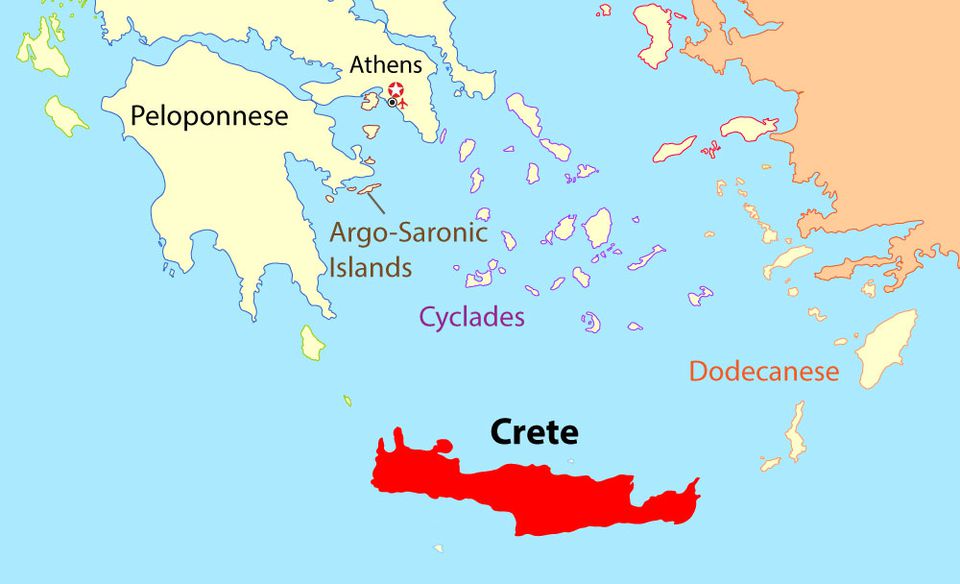
Delos Island
Why in News?
Scientists warn that rising sea levels caused by climate change could make Delos island (Greece) disappear within the next 50 years.
About Delos Island
- It is one of the most important sanctuaries of the ancient Greek and Roman world.
- Location: Situated on a rocky island that is part of the Cyclades archipelago in the Aegean Sea, it was first settled in the 3rd millennium B.C., but saw significant development in the 1st millennium B.C.
- UNESCO Status: It is designated as a UNESCO World Heritage site.
- Climate Impact: Studies have found that increasing temperatures combined with high levels of humidity can significantly affect the chemical composition of materials used in cultural heritage monuments.
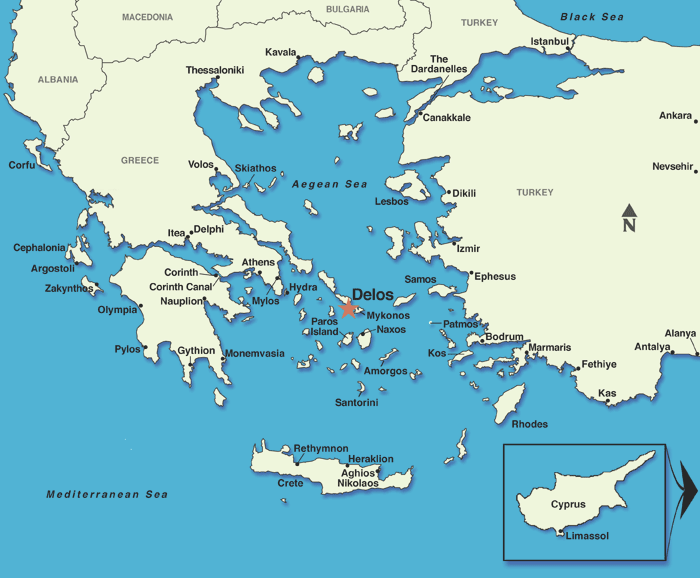
Species In News
Iberian Lynx
Why in News?
The International Union for Conservation of Nature (IUCN) moved its conservation status of Iberian Lynx from ‘Endangered’ to ‘Vulnerable’.
About Iberian Lynx (Lynx pardinus)
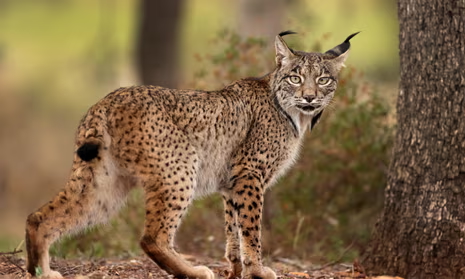
- The Iberian Lynx (Lynx pardinus) is often referred to as the ‘cat with nine lives‘.
- Endemic Carnivore: It is one of two carnivore species endemic to Europe, the other being the European mink (Mustela lutreola).
- Endangered Status: Known as the world’s most endangered carnivore, it is distinguished by its pointy ears, long legs, and leopard-like spotted fur.
- Sexual Dimorphism: Similar to other cat species, this lynx is sexually dimorphic, with males being heavier and longer than females.
- Nocturnal Behavior: Generally nocturnal, its activity patterns align closely with those of its primary prey, the rabbit.
- Habitat: Prefers variable terrain below 1300 meters, featuring a mosaic of closed Mediterranean scrubland interspersed with open grassland patches, often including marsh ecotones.
- Distribution: Once widespread across the Iberian Peninsula, it is now sparsely distributed in Spain and Portugal.
- Threats: Faces threats from human activities, such as poaching, habitat destruction, illegal hunting, and a decreased food base.
Examples, Case Studies and Data
Vanuatu’s Fight Against Plastic Pollution: A Case Study
Background:
- Erakor village in Vanuatu has seen its lagoon plagued by plastic pollution over the decades.
- Local efforts to clean the lagoon were overwhelmed by the volume of waste.
Government Actions:
- In 2018, Vanuatu became one of the first countries to ban single-use plastics, including a world-first ban on plastic straws.
- The ban has led to significant reductions in plastic waste, with previously banned items now comprising less than 2% of Vanuatu’s waste.
Key Initiatives:
- A French immigrant started a Facebook campaign that influenced government policy.
- The foreign minister implemented the policy, which includes fines for non-compliance.
Challenges and Adaptations:
- Enforcement remains difficult due to limited resources.
- Plastic bottles and fishing-related plastics are still permitted.
- Communities have developed sustainable alternatives, such as biodegradable pots from pandanus leaves and reusable products from social enterprises like Mama’s Laef.
- Market vendors have started using woven bags from natural materials, though storms and cyclones can impact supply.
Ongoing Efforts:
- The government plans to extend the plastic ban to include disposable nappies and introduce a plastic bottle deposit scheme.
- Local groups, like the Erakor Bridge Youth Association, are finding ways to recycle plastic waste from food packaging.



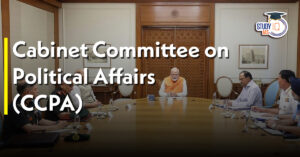 Cabinet Committee on Political Affairs (...
Cabinet Committee on Political Affairs (...
 World Press Freedom Day 2025, Theme, His...
World Press Freedom Day 2025, Theme, His...
 WAVES Summit 2025: India’s Biggest Ent...
WAVES Summit 2025: India’s Biggest Ent...





















